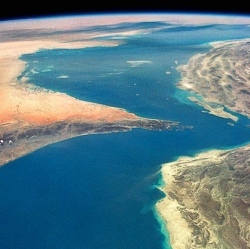
On Monday, India sent a rocket into space which successfully launched eight satellites in one go. The main purpose of the launch which took place at the Sriharikota space centre off India’s eastern coast, was to put into orbit SCATSAT-1, a satellite that will help weather forecasting.
Five of the other satellites that were on board are foreign, from the US, Canada and Algeria. In June India launched 20 satellites in a single mission, the most in the history of the country’s ambitious space programme. Seventeen of those were foreign.
Monday’s launch takes the number of foreign satellites launched by India to 79. This has earned the country more than $120m (£92m). And India’s space agency has already secured deals to launch dozens more foreign satellites.
This is good news for a country that has often faced criticism for spending money on a space programme when it has problems like poverty and hunger to tackle. AS Kiran Kumar, chairman of the state-run Indian Space Research Organisation (Isro), says the agency is trying to make its operations more cost-effective.
"We will be able to maximise our returns by making use of the excess space available in the vehicle while we are launching the satellites we make for our national requirements," he says.
India’s ability to launch multiple satellites in a single mission has also put it on firm footing in the global market.
But launching heavier satellites is where the big money is, which is why many players are even reducing the price of their rocket launches to bag more deals.
India has been launching heavy satellites on its Geosynchronous Satellite Launch Vehicle (GSLV) but so far it has only been used for domestic satellites.
In recent months though, there have been queries from foreign companies for launches on the GSLV.
If India can successfully start taking more heavy satellites to space, it could really fire up its position in a market that’s worth billions of dollars.
